Editorial: US tariffs are as dangerous as they are illegal
Published in Political News
It’s hard to believe U.S. trade policy could get any more confused and confusing, but somehow it has. Last week’s court ruling deeming many of the tariffs levied by the White House to be illegal has only deepened the uncertainty confronting U.S. companies and trading partners.
What’s clear, however, is that the decision hasn’t deflected the administration from its goal of remaking the global trading system. That’s a job for Congress, which ought to reassert its authority over trade policy.
The hitherto obscure U.S. Court of International Trade, mainly devoted to litigating customs disputes, found the White House was wrong to invoke the International Emergency Economic Powers Act in support of its “Liberation Day” tariffs.
The judges noted that, according to the government’s own lawyers, the tariffs were intended to create leverage against trading partners — a purpose that hardly supports the claim that the country is facing an emergency, as the law requires.
The crucial constitutional question — whether, for trade-policy purposes, the White House can declare a “national emergency” and then adopt remedies however it chooses — is far from settled.
An appeals court has paused the May 28 ruling while it considers the arguments. In due course, presumably, the Supreme Court will decide. But rest assured there’ll be no resumption of trade as usual while this argument is hashed out.
For a start, officials have many other trade-policy tools to use in place of IEEPA. Even if the new ruling stands, the outlook for tariffs might not change very much. So-called Section 301 tariffs on many imports from China, intended to address violations of existing trade agreements, remain in force. Likewise, Section 232 tariffs on steel, aluminum and cars — supposedly to address national-security threats — and Section 201 tariffs on solar panels, designed to “safeguard” domestic industries from “serious injury.”
The administration, which has already announced a doubling of steel and aluminum tariffs, could widen the scope of all these sanctions. It might also turn to the 1974 Trade Act’s Section 122, which authorizes “temporary” tariffs to deal with “large and serious” balance-of-payments deficits.
Meanwhile, the administration’s leverage in negotiations will likely be weakened. Talks with China already seem paralyzed. The tariff pauses previously announced might have to be extended, and trade partners will be under less pressure to cut a deal. (The UK, one of the first to settle, already has one. The court’s ruling may void it, because it leaves a so-called baseline IEEPA tariff in place.)
Another distraction: Companies might sue to recover some of the tariffs they’ve already paid, if those measures are ultimately confirmed to be unlawful. If the idea was to maximize the uncertainty under which U.S. producers are obliged to operate, crushing investment, destroying consumer confidence and lining the pockets of trade-policy litigators, it would be difficult to do better than this.
The blame rests not just with the White House but also with Congress. For years, lawmakers have abdicated their responsibility under the Constitution to oversee tariffs, which fall under their taxing powers.
On trade and fiscal policy alike, lawmakers should start doing their jobs — and the administration should choose cooperation and prosperity over trade war. The current chaos benefits no one, least of all the U.S.
_____
The Editorial Board publishes the views of the editors across a range of national and global affairs.
_____
©2025 Bloomberg L.P. Visit bloomberg.com/opinion. Distributed by Tribune Content Agency, LLC.
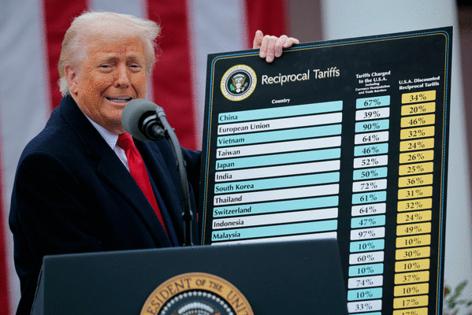








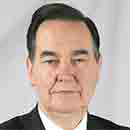



















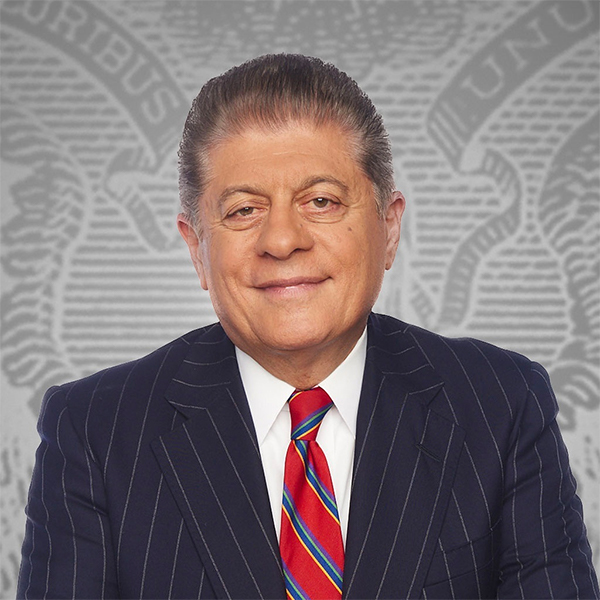






















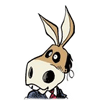

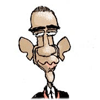


Comments